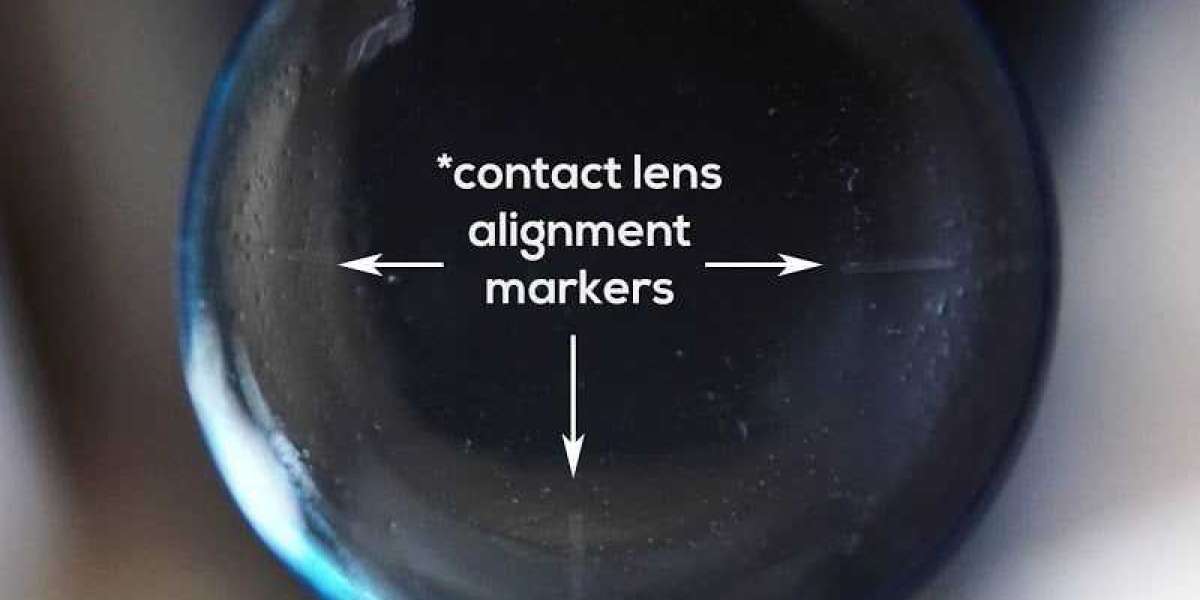Search
Popular Posts
-
 Understanding the Value: The Importance of American Silver Eagles in Numismatics
Understanding the Value: The Importance of American Silver Eagles in Numismatics
-
 Recommended ENT Clinics for Nosebleeds in Delhi
Recommended ENT Clinics for Nosebleeds in Delhi
-
 Understanding the Value: The Importance of American Silver Eagles in Numismatics
Understanding the Value: The Importance of American Silver Eagles in Numismatics
-
 Ayurveda Clinic Near me(Dubai) - 22ayur
Ayurveda Clinic Near me(Dubai) - 22ayur
-
 Understanding the Value: The Importance of American Silver Eagles in Numismatics
Understanding the Value: The Importance of American Silver Eagles in Numismatics









